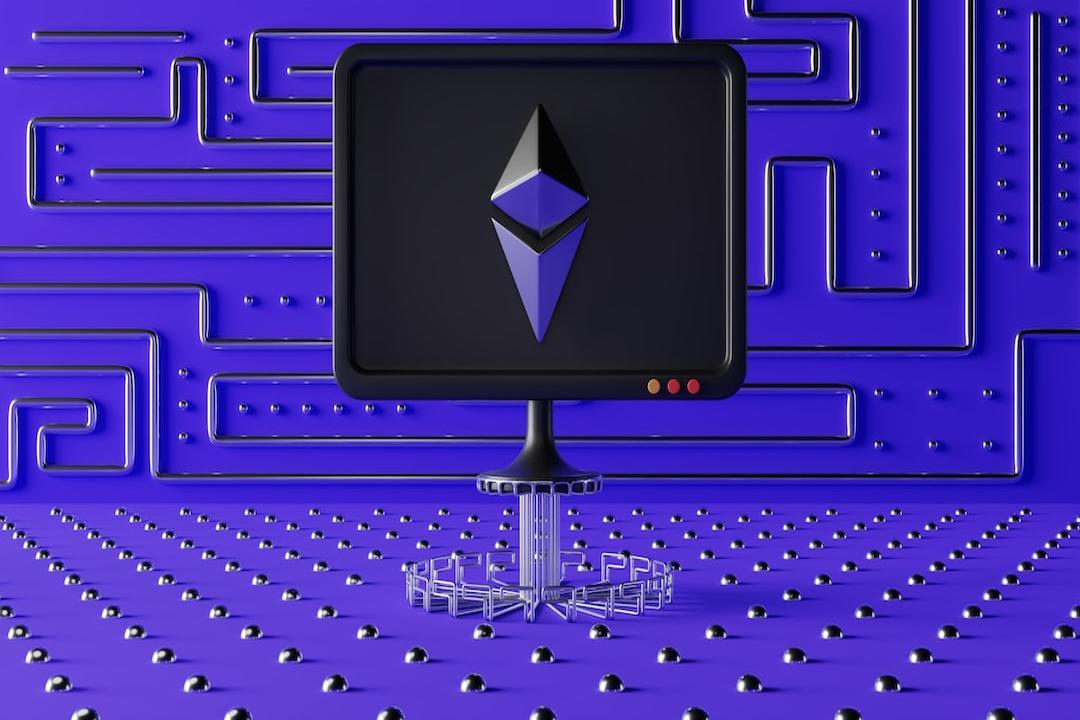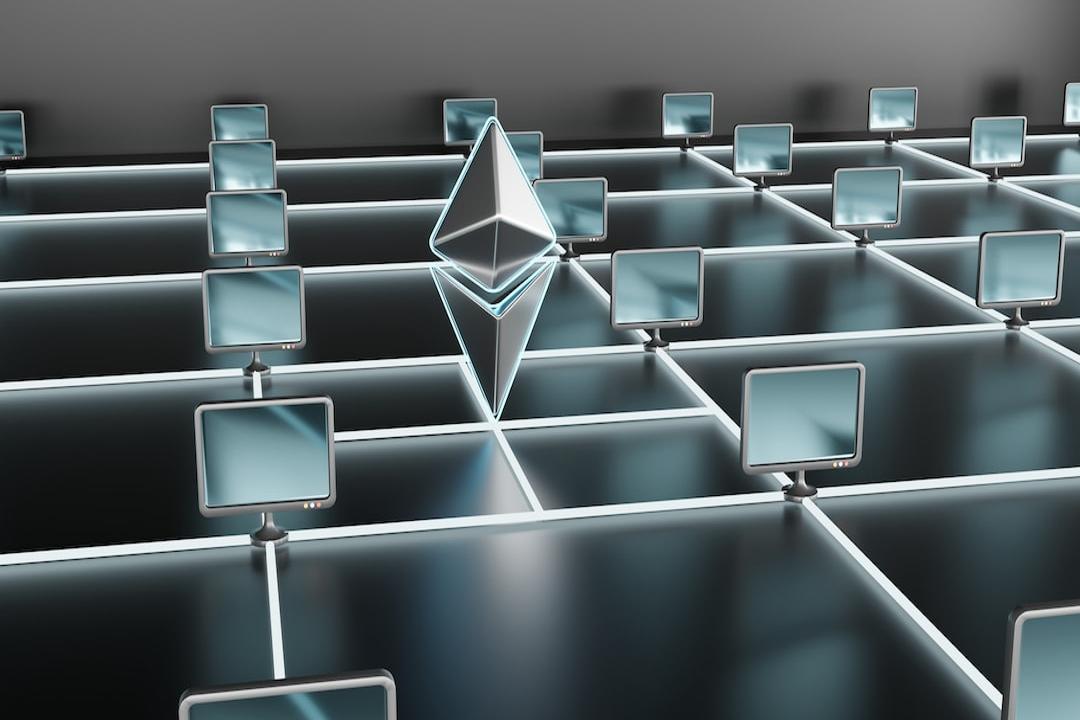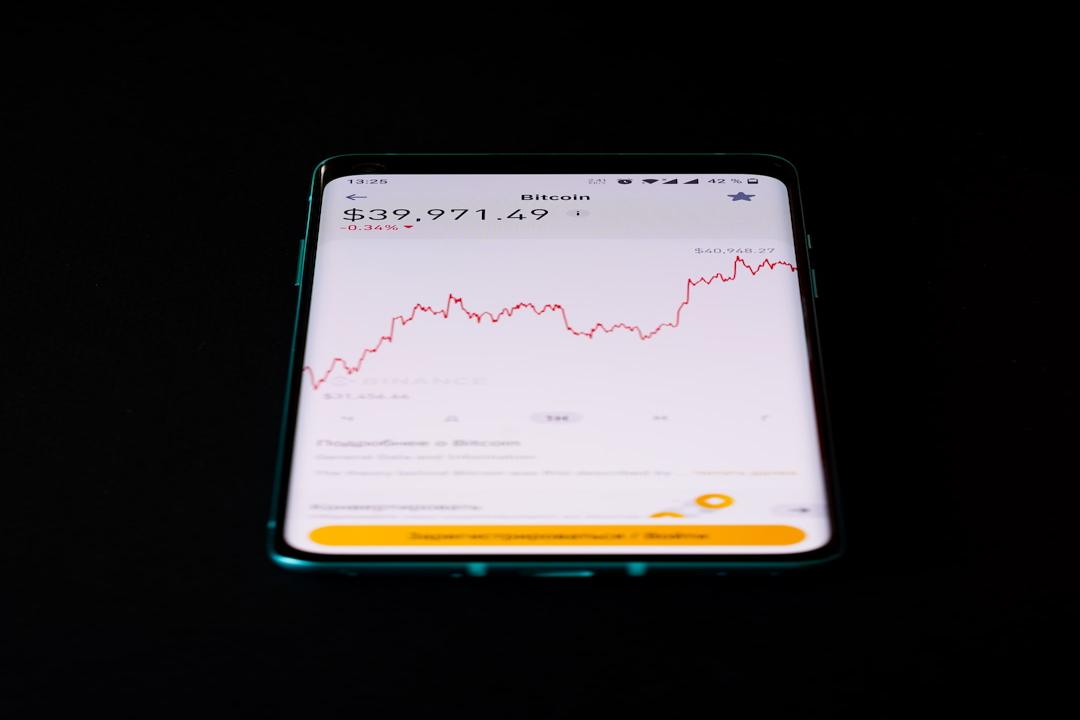The Cancun upgrade was officially launched on the Ethereum mainnet on the 13th. After the introduction of Blob, gas fees for various Ethereum Layer2 networks, such as Starknet and Optimistic, have significantly decreased. What changes will this bring to Ethereum in the future?
Summary:
Cancun upgrade completed: Did gas fees on Ethereum L2 really decrease? ARB, OP, STRK… How did the prices perform?
Background:
ETH fell! Ethereum Cancun upgrade (Dencun) launched, ETH briefly dropped to $3,930.
Table of Contents:
Market rotation to Ethereum and altcoins
Will Ethereum’s revenue decline after the Cancun upgrade?
Dencun may be good news for the RaaS market
Is L2 still not a competitor to Solana?
With the influx of a large amount of capital into the Bitcoin ecosystem after the approval of Bitcoin spot ETFs, an unprecedented bull market phenomenon has emerged. Memes continue to drive the continuous rise of Bitcoin, while other crypto tracks such as AI and gamefi take turns to rally. However, L2 seems to still be in slumber.
On March 13th, according to Etherscan data, the Ethereum mainnet block height has reached the scheduled epoch (269568) for the Dencun upgrade.
The main goal of the “Dencun” upgrade is to improve the scalability and modularity of the L2 network, enhance the security functions of the Ethereum network, and improve overall usability. The most anticipated proposal is EIP-4844 (Proto-Danksharding), a prelude to the complete sharding expansion of Danksharding. The entire sharding plan revolves around Rollup for on-chain scalability, aiming to expand the L2 Rollup suite, help reduce fees and increase throughput for L2, and pave the way for full sharding.
In simple terms, the biggest advantage of Dencun is the reduction in transaction costs for L2.
Ethereum core developer eric.eth has stated that the implementation of EIP-4844 will lead to a reduction in gas costs for L2 transactions on Ethereum to around $0.01. According to a website launched by Optimism, the transaction cost for executing a swap on Uniswap will be reduced from the current $0.59 to $0.01.
Further reading:
Ethereum Cancun upgrade cheat sheet: Dencun launch time, EIP improvement proposals, impact on staking validators and developers
Market rotation to Ethereum and altcoins
According to on-chain analyst @0xCryptoChan, while the price of Bitcoin continues to rise, the percentage of BTC holders holding coins for more than 155 days compared to the total circulating supply of BTC is decreasing, indicating a shift in liquidity away from Bitcoin.

With the anticipation of the Decun upgrade and Ethereum ETF, Ethereum has risen from $2,300 to $4,000. Now that Dencun has been launched on the mainnet and gas fees have been reduced, it is expected to encourage users to participate in more applications and increase their on-chain activities.
Therefore, some people in the community believe that EIP-4844 will reduce Ethereum’s overall revenue.
Although the cost for L2 transactions on Ethereum will indeed decrease, this reduction is unlikely to have a significant impact on Ethereum’s total fees. The fees for L2 transactions account for only about 7-10% of Ethereum’s total fee revenue.
For example, in February 2024, out of a total fee of $355 million, only $33 million was attributed to data released on L2 on Ethereum, and most of the fees were generated by on-chain activities on the Ethereum mainnet.
In addition, with the full outbreak of airdrops, the lower gas fees on L2 may further incentivize airdrop farmers to increase their on-chain interactions to increase their chances of receiving distributions. The increase in this activity may increase the overall value generated within the network, benefiting Ethereum and its ecosystem.
On the other hand, according to @cheng_shutong, most altcoins have already reached an annualized fee rate of 100% or even higher, indicating that most retail investors are collectively catching up with the rising trend of altcoins under the stimulus of Bitcoin and Ethereum breaking new highs.

Dencun may be good news for the RaaS market
One viewpoint is that after the Cancun upgrade, more Dapps will independently implement a single Rollup, which may be beneficial to the prosperity of the RaaS (Rollup as a Service) market. Earlier, Charles d’Haussy, CEO of the dYdX Foundation, also stated to BlockBeats that if the ecosystem wants further development, it needs to build its own chains.
The hype surrounding Dencun essentially lies in the three key enhancements introduced by EIP-4844 and Blob carrying transactions. In addition to reducing transaction costs, it also includes enhancing the scalability of Ethereum and enabling the community to test the capacity to handle increased data loads in production on the Ethereum network, preparing for a comprehensive sharding upgrade.
Compared to existing methods, EIP-4844 and Blob carrying transactions can more efficiently utilize block space. Furthermore, since blobs are a different type of transaction, they have their own fee market and are not affected by the increased regular transaction activity on the Ethereum mainnet.
Analysts from Bankless pointed out in an article that in the long run, as L2 becomes cheaper, it will open up design space for building unique applications on top of it. For example, many applications with high throughput requirements, such as AI and dePIN projects, can choose to build on L2 or even L3.
Is L2 still not a competitor to Solana?
According to L2BEAT data, as of the time of writing, after the Cancun upgrade, among the top L2 solutions, the DA layer has switched to Ethereum mainnet Blob, including ZK Rollup systems such as ZkSync and Starknet, and Optimistic Rollup systems such as Optimism and Base. According to actual tests, after the switch, the gas fees for the four L2 solutions decreased by an order of magnitude.

However, @0xNing0x stated that the effect of the current gas fee reduction was achieved under the condition that DA-consuming major players such as Arbitrum and Blast did not switch to the DA layer, and the current DA fees are still two orders of magnitude higher than Celestia DA fees.
In addition, Arbitrum stated that ArbOS Atlas has introduced additional fee reductions for Arbitrum One, which will be enabled on March 18th. After activation, the remaining cost per compressed byte on L1 will be reduced from 32 gwei to 0, and the minimum basic fee for L2 will be reduced from 0.1 gwei to 0.01 gwei.
Therefore, the specific effectiveness of the Dencun upgrade will need to be judged after all the top L2 solutions have successively switched to the DA layer and the Rollup parameters are adjusted and the market competition strategies are balanced.
From the current market performance, Ethereum and general L2 solutions have not seen a significant increase. @0xNing0x believes that after the Cancun upgrade, the main business model of the Ethereum mainnet will be selling block space, and the revenue from the application layer fees will be transferred to general L2 solutions.
General L2 teams are heavily ideological and are not competitors to chains like Solana.

SOL’s price has been steadily rising in this cycle, and even the token prices of the entire Solana ecosystem projects have seen a general increase. Other projects in the ecosystem have followed Solana’s pace and steadily launched DeFi, DePin, AI, and other sectors, allowing Solana’s TVL to rise all the way, reaching $3.6 billion at the time of writing.
Further reading:
Solana ecosystem booming! On-chain transaction volume reaching new highs, second only to Ethereum, and the meme token $BONK soared 2200% in a month.

Related Reports
Ethereum Cancun upgrade (Dencun) launched on March 13th, what potential opportunities are there?
After the Dencun Cancun upgrade, how will the new EIP proposals change Ethereum?
After the Ethereum Cancun upgrade, how will the market evolve?


